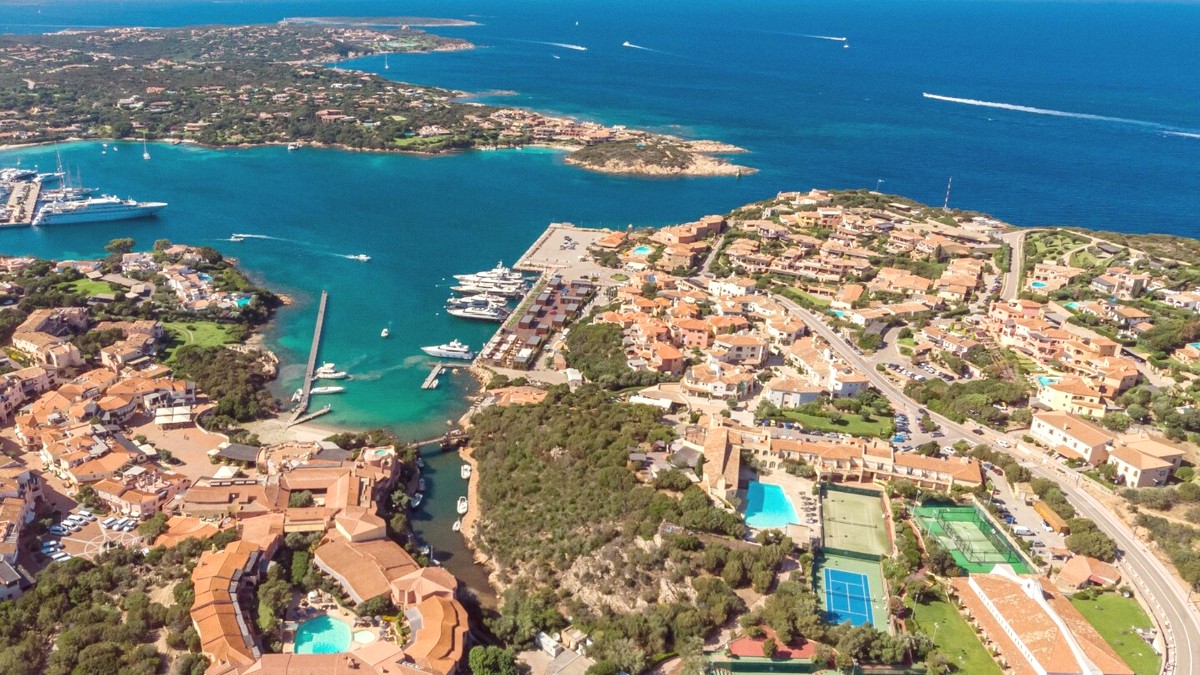
Sardinia, Italy
Sardinia's culinary identity is a testament to its isolation and self-sufficiency. Its food culture remains rooted in its pastoral and agricultural past.
Sardinian cuisine features abundant seafood, slow-roasted meats, distinct pasta shapes like Malloreddus and Culurgiones, and Pecorino Sardo cheese.
Many restaurants, especially for dinner, have a smart casual or elegant dress code. Dressing well is part of the experience.
During peak season, reservations are highly recommended for dinner, especially at popular or fine dining establishments.
Espresso is common after meals. Cappuccinos are typically a breakfast drink. Bottled water is customary.
A quintessential Sardinian dish. A whole suckling pig, slow-roasted over fire, incredibly tender meat with crispy skin.
Find at traditional Sardinian restaurants or agriturismos further inland.
Hand-made pasta dumplings, similar to ravioli, with a distinctive "spike" closure. Filled with potato, Pecorino cheese, and mint.
Served with simple tomato sauce or butter and sage.
The most iconic Sardinian dessert. A large, fried pastry filled with fresh, slightly acidic Pecorino cheese, drizzled generously with warm local honey.
A unique combination of sweet and savory flavors.
Cured fish roe, typically from mullet. Thinly sliced as an appetizer or grated over pasta dishes.
Pane carasau: "Music paper bread," thin and crispy. Amaretti Sardi: Soft almond cookies.
Porto Cervo is renowned for its high-end restaurants, many located within luxury hotels or along the picturesque marina.
Mid-priced dining options are more challenging to find directly in Porto Cervo's immediate center.
Beyond Italian and Sardinian fare, high-end restaurants often include international menus reflecting the cosmopolitan visitors.
Vegetarian options are increasingly available. Many pasta dishes can be made without meat. Vegan options may be more limited.
Communicate your needs clearly to restaurant staff.
Awareness is growing. Many restaurants offer gluten-free pasta or rice. Look for "AIC" (Associazione Italiana Celiachia) certification.
Clearly inform staff about allergies (e.g., "senza lattosio" for lactose-free, "senza noci" for no nuts).
More likely at agriturismos or culinary schools near Olbia/Arzachena.
Explore vineyards or visit local producers of Pecorino cheese and olive oil.
Local 'sagre' occur throughout Sardinia; Porto Cervo hosts high-profile culinary events.
Beach Clubs (e.g., Phi Beach) or Yacht Dining for exclusive meals.
Porto Cervo's culinary scene features the distinct flavors of Sardinia, influenced by its history and Mediterranean resources.
Explore local dishes beyond mainland Italian cuisine.
Simplicity, fresh ingredients, and robust flavors define the local culinary approach, from seafood to roasted meats.
Wild herbs like myrtle, rosemary, and thyme appear in many dishes.
Porto Cervo lacks a large, traditional public market. For fresh produce and authentic goods, visit markets in larger towns like Olbia or Arzachena.
Sardinia produces excellent wines. Vermentino di Gallura (white) is crisp. Cannonau (red) is robust.
Small, ridged, shell-shaped semolina pasta. A staple Sardinian pasta, often served 'alla Campidanese'.
'Fregola' is a small, toasted pasta grain resembling large couscous.
A sheep's milk cheese, cornerstone of Sardinian dairy. Ranges from fresh and mild to aged and sharp.
For fresh produce, local cheeses, and authentic Sardinian products, visit markets in larger towns like Olbia or Arzachena.
The market in San Pantaleo (Thursdays) is known for artisan products.
Local 'sagre' (food festivals) celebrating specific products occur throughout Sardinia, often in smaller towns.
Porto Cervo's high-profile culinary events during summer showcase seasonal produce and seafood.
Porto Cervo's dining scene, while luxurious, often features underlying Sardinian culinary traditions, emphasizing fresh seafood and roasted meats.
Porto Cervo's upscale focus means limited traditional street food options directly in the area.
A full meal often starts with an antipasto, followed by a primo (pasta/soup), secondo (main course), and contorno (side dish).
Always verify opening hours and make reservations, especially during peak season, to secure your dining preferences.